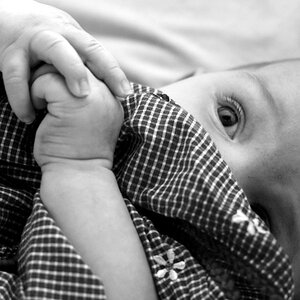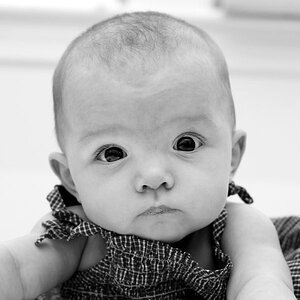pgriz
Been spending a lot of time on here!
- Joined
- Jul 30, 2010
- Messages
- 6,734
- Reaction score
- 3,221
- Location
- Canada
- Can others edit my Photos
- Photos OK to edit
What you are seeing is diffraction from using f/22 at 24mm. I don't know enough about diffraction to really explain it but, I do know that once you get past f/11 or so it starts giving everything a slight blur. Focus stacking at say f/8 will give you sharper results but, it has its pitfalls like anything else. I like your photo and most people would be perfectly satisfied with it.
This is a valid and important point. Diffraction is both aperture and sensor dependent. With my set-up (Canon APS sensor) anything past f/16 shows more and more obvious diffraction. So part of the game is to use enough aperture to get you the depth of field you need, but not more than that, as using higher apertures will make the diffraction more and more visible. Try this link to get a better handle on this phenomenon: (Diffraction Limited Photography: Pixel Size, Aperture and Airy Disks).




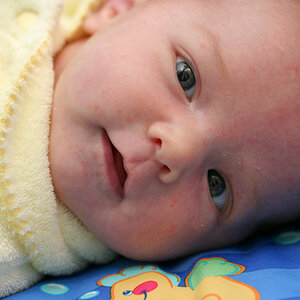
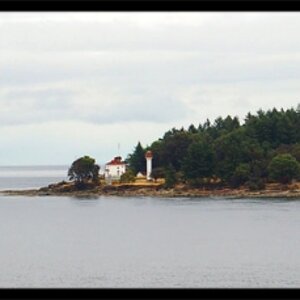
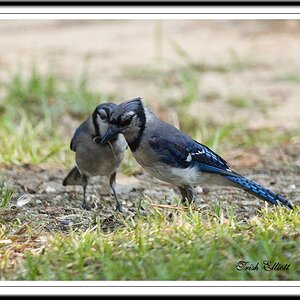

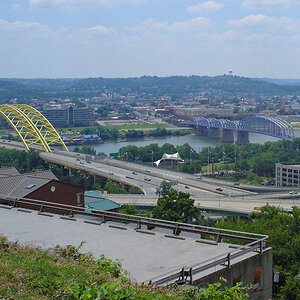
![[No title]](/data/xfmg/thumbnail/37/37524-6c51828efbc2361f9cfed53f63f28aa2.jpg?1619738130)
